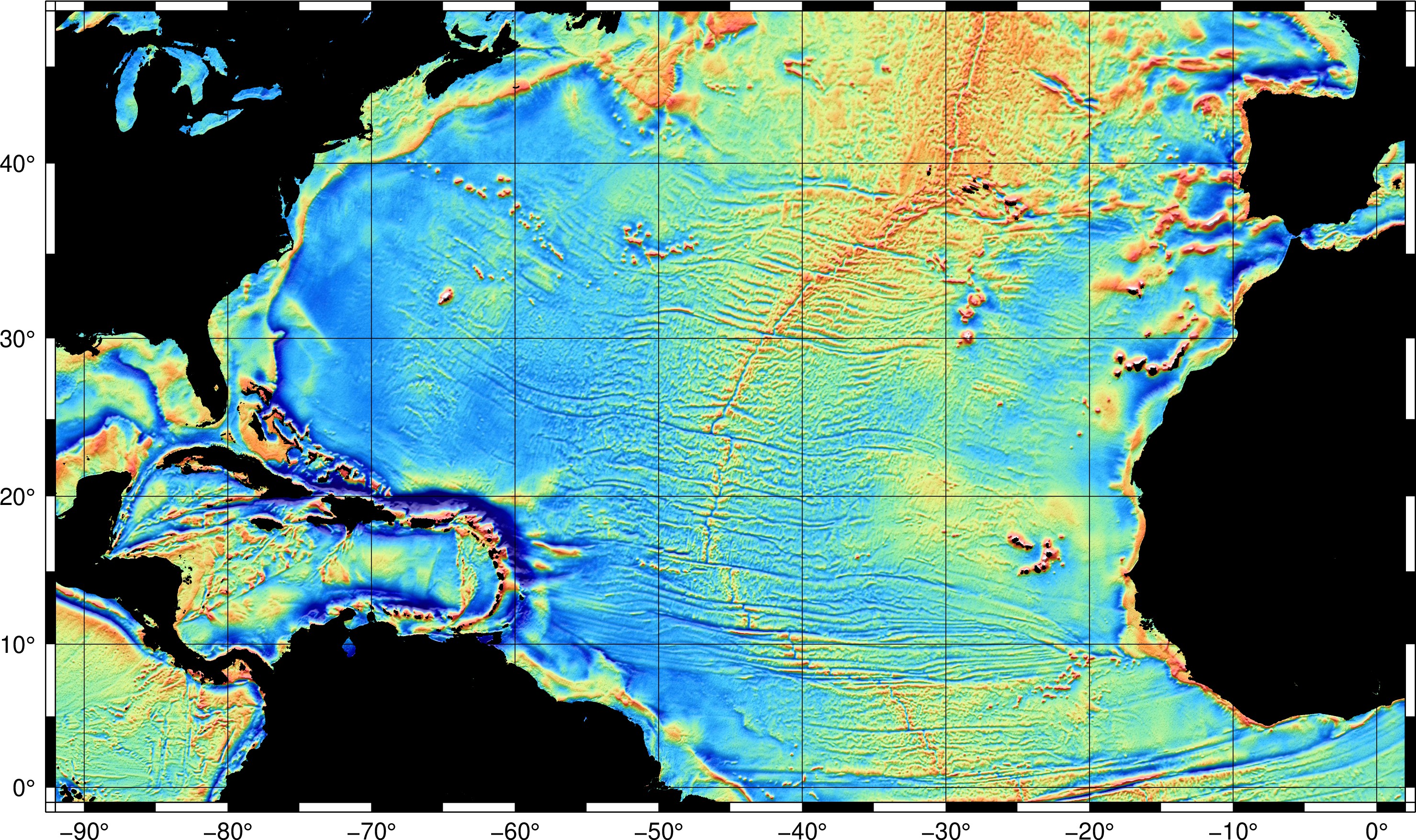CPT Q. 010: Why do trenches not display mass excesses, if deeply subducted slabs lie beneath them?

Q. 10. Why is it that in gravity surveys trenches display mass deficiencies, not mass excesses, as subducted slabs would be expected to produce?
Response: Trenches themselves represent huge mass deficiencies, where, instead of rock, there is water. The free-air gravity anomalies observed over trenches are typically in the range of -100 to -300 milligals (one milligal is 10-5 m/s2), depending on the amount of sediment fill. One can verify that mass deficiencies corresponding to those associated with trenches do indeed produce these sorts of free-air gravity signatures. The formula for the gravity anomaly ∆g produced by an infinitely long line of excess mass γ per unit length at depth b below the surface and observed directly above the line is given by the definite integral from -∞ to ∞ of the integrand Gγdx/(x2 + b2), which is equal to πGγ/b, where G = 6.673 x10-11 is the universal gravitational constant. Approximating the cross-sectional area of a trench as a triangle of height h and width 2h/3, with its center h/3 below the surface, yields the formula ∆g = πGh∆ρ, where ∆ρ is the density contrast between what is filling the trench and normal crustal rock. For a trench depth h of 6000m and a ∆ρ of -1700 kg/m3, corresponding to the trench being filled with water, we get a resulting gravity anomaly of -214 milligal. The extra density of the slab immediately beneath the trench, because of its cold average temperature, can readily be shown to be negligible in comparison.
However, the higher density of subducted slabs often does produce a discernible gravity signature behind the trenches. This can be seen from a visual inspection of the free-air gravity anomaly map of the world’s ocean floors shown below. Positive gravity anomalies shown in orange are evident behind the Tonga-Kermadec Trench east of Australia and behind the Izu-Bonin and Marianas Trenches south of Japan. Again, this gravity signature is the result of the subducted slabs greater density, because of their lower temperature, relative to the surrounding mantle rock. These principles apply equally well to both UPT and CPT.
